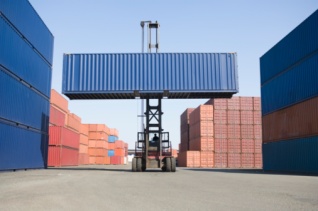 In industry correct labelling is critical in both production and maintenance to ensure safety and that the correct spares and tools are available for maintenance. Mark and read application are used for product identification and traceability especially in safety critical industries such as aerospace, medical and automotive.
In industry correct labelling is critical in both production and maintenance to ensure safety and that the correct spares and tools are available for maintenance. Mark and read application are used for product identification and traceability especially in safety critical industries such as aerospace, medical and automotive.
Thus coding, marking and labelling have become an essential component of modern production technology where tracking a component and all the processes it has gone through from manufacturing, assembly right through to end-user requirements has become widespread throughout the supply chain.
In the medical sector instruments must be traceable and software provides computerised tracking of individual surgical instruments by using data matrix asset labels with codes applied to the instruments – safe enough to go through an Autoclave.
Asset labels with special strong adhesive can be printed on a variety of materials such as vinyl or polyester as well as aluminium foil and usually include a barcode to help tracking the component.
More recently introduced the 2D DataMatrix codes can contain 40-50 digits within a small square and are therefore ideal for complex data such as codes for dates, serial numbers, stock units, text based information, etc.
The sheer variety in coding types and asset label materials warrants expert advice and Dantech, as a market leader in asset marking and labelling for industrial and harsh environments, can provide expert help and advice visit http://www.idassetlabels.co.uk of call Dantech on 01354 688 488 for free and unbiased help and advice.
